Happy Halloween everyone!! (Well, it’s Halloween for another three hours and change here in Central Maine, where I write this…)
In the 20+ years I’ve been hosting and producing my little 80s radio program, STUCK IN THE 80s (on WMPG community radio in Portland, Maine), there have been a number of Halloween-themed shows aired, and they are always a lot of fun. Since this is the first Halloween for the blog, I debated on which song to highlight for my first Halloween-themed FOREVER YOUNG blog post. Michael Jackson’s “Thriller?” Siouxsie And The Banshees’ “Halloween?” Bow Wow Wow’s “I Want Candy?” All great choices, but then I thought about this fun gem from the frontman and founding member of The B-52’s, Fred Schneider.

With The B-52’s on hiatus in 1984, Fred recorded his first solo album away from the band. For this effort, both the band and album were called Fred Schneider And The Shake Society. On this album (which will definitely make you shake), he got some help from fellow bandmates Kate Pierson and Ricky Wilson (who passed away the following year), Patti LaBelle and Parliament-Funkadelic vet Bernie Worrell (who we lost in June 2016). Bernie Worrell co-produced the album with Fred Schneider, and also provided support on the synthesizer, clavinet and vocoder.

The first song on the album was also the first single – a hilarious albeit sexually suggestive song called “Monster.” (“There’s a monster in my pants / And It does a nasty dance / When it moves in and out / Everybody starts to shout / Monster, aaaah monster, aaaah…”) You get the idea. Well, I’m not sure if it was the song’s suggestive lyrics or the unwillingness of the record label (Warner Bros., the same label for The B-52’s) to promote the album, but “Monster” and its parent album did not do well.
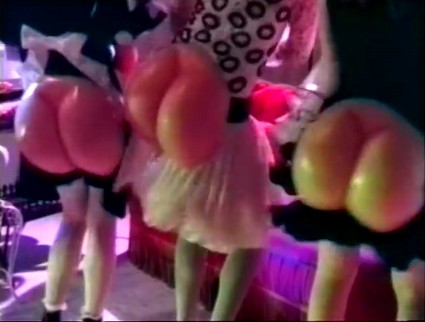
You can’t really tell from this angle, but that’s Tina Weymouth on the left, and Kate Pierson on the right; from the hilarious “Monster” video.
The even more hilarious video featured a fun mix of Claymation, Fred Schneider dancing silly in red polka-dotted boxers, and guest appearances from Kate Pierson, Talking Header / Tom Tom Clubber Tina Weymouth, NYC drag performer, playwright and actor Ethyl Eichelberger, and famed artist Keith Haring. But, in the early days of MTV, the song’s lyrics outweighed the fact the video obviously didn’t take itself seriously, and it was one of the first videos banned by the network.
 Fast forward to 1991, a couple of years after the huge success of The B-52’s comeback album, COSMIC THING. The band’s new label, Reprise Records (founded by in 1960 by Frank Sinatra and a sister label of Warner Bros.), re-released Fred Schneider’s neglected 1984 solo effort, repackaged the album as just FRED SCHNEIDER and remixed “Monster.” This time, it even reached the BILLBOARD Hot 100 for four weeks during July 1991, peaking at No. 85.
Fast forward to 1991, a couple of years after the huge success of The B-52’s comeback album, COSMIC THING. The band’s new label, Reprise Records (founded by in 1960 by Frank Sinatra and a sister label of Warner Bros.), re-released Fred Schneider’s neglected 1984 solo effort, repackaged the album as just FRED SCHNEIDER and remixed “Monster.” This time, it even reached the BILLBOARD Hot 100 for four weeks during July 1991, peaking at No. 85.
 Fred Schneider would release another solo album in 1996, titled JUST FRED. He’s thankfully still with The B-52’s (check out their most recent live DVD, 2012’s amazing WITH THE WILD CROWD! LIVE IN ATHENS, GA), and since 2010, he has released four albums with his side project away from The B-52’s, The Superions.
Fred Schneider would release another solo album in 1996, titled JUST FRED. He’s thankfully still with The B-52’s (check out their most recent live DVD, 2012’s amazing WITH THE WILD CROWD! LIVE IN ATHENS, GA), and since 2010, he has released four albums with his side project away from The B-52’s, The Superions.
I know “Monster” isn’t your run-of-the-mill, traditional Halloween song, but for me, it’ll always be a favorite, especially the funny video, and a song I love sharing this time of year…
https://www.youtube.com/watch?v=CKp_RlihJew


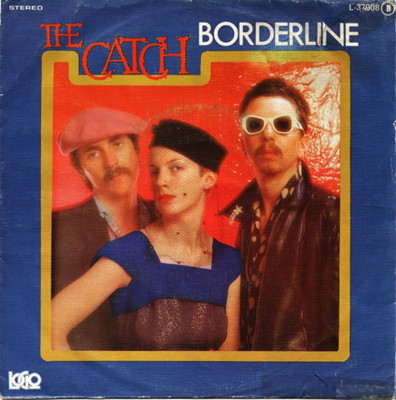


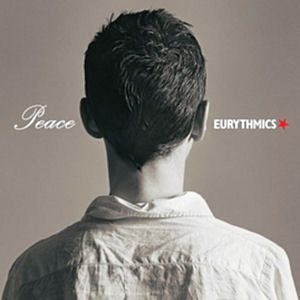 Part of the tension within the band and for Annie and Dave involved creative differences between them and Peet Coombes, who, after the breakup of The Tourists, had years of alcohol and drug problems, and died at the young age of 45 in 1997.
Part of the tension within the band and for Annie and Dave involved creative differences between them and Peet Coombes, who, after the breakup of The Tourists, had years of alcohol and drug problems, and died at the young age of 45 in 1997.


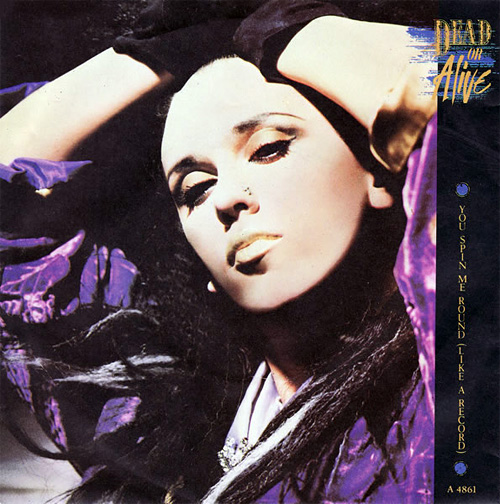





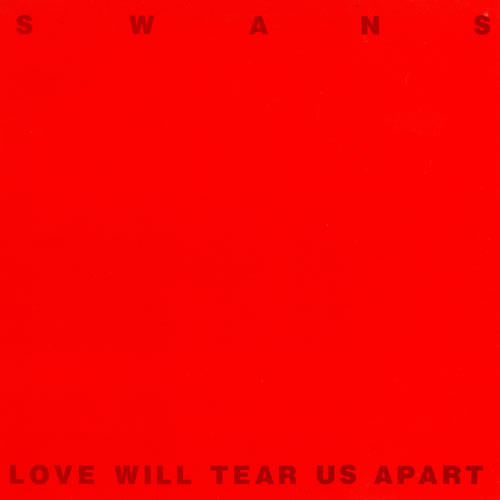


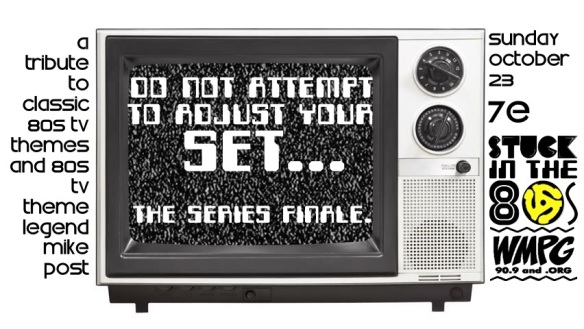

 A couple of months later, in mid-June 1981, “Believe It Or Not” rocketed into the Top 40 at No. 27, and on July 4th (I’m not making this up), the theme for THE GREATEST AMERICAN HERO made its way into the Top 10.
A couple of months later, in mid-June 1981, “Believe It Or Not” rocketed into the Top 40 at No. 27, and on July 4th (I’m not making this up), the theme for THE GREATEST AMERICAN HERO made its way into the Top 10.
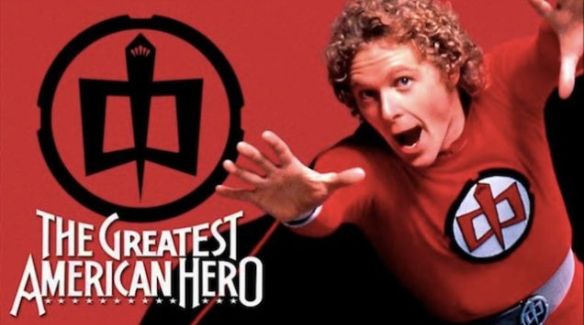


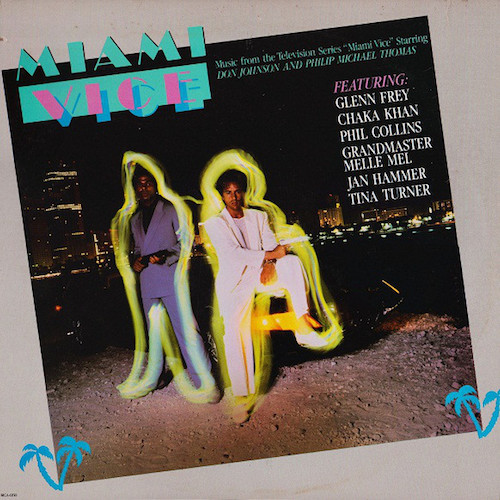


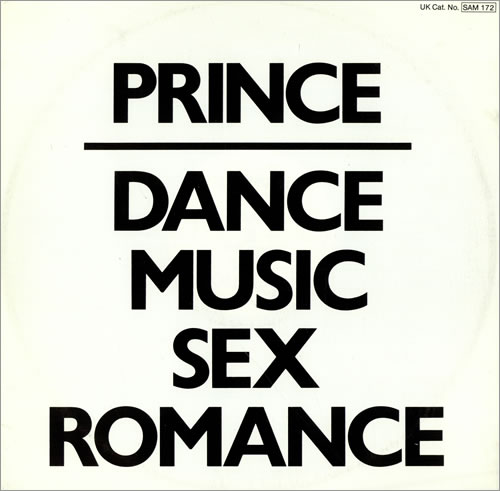
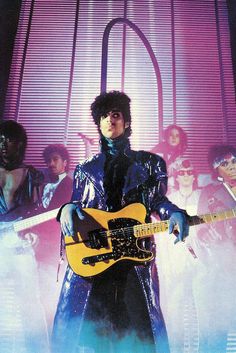


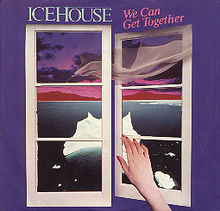 Icehouse, the six man New Wave / Rock band formed in Sydney in 1977 (starting with the band name Flowers), was led by singer / songwriter / lead guitarist and then some, Iva Davies. Their self-titled debut album, released in October 1980, was a huge success in Australia and New Zealand, going multi-platinum, and even reached No. 82 on the BILLBOARD album chart. The second single from the album, “We Can Get Together,” was released in October 1980, and in August 1981, was the band’s first entry on the BILLBOARD Hot 100, spending a couple of weeks at No. 62.
Icehouse, the six man New Wave / Rock band formed in Sydney in 1977 (starting with the band name Flowers), was led by singer / songwriter / lead guitarist and then some, Iva Davies. Their self-titled debut album, released in October 1980, was a huge success in Australia and New Zealand, going multi-platinum, and even reached No. 82 on the BILLBOARD album chart. The second single from the album, “We Can Get Together,” was released in October 1980, and in August 1981, was the band’s first entry on the BILLBOARD Hot 100, spending a couple of weeks at No. 62.  In their native Australia, Icehouse had 11 Top 40 hits before 1987, while in the same time frame here in the U.S., they had just two chart entries on the Hot 100, “We Can Get Together” and “No Promises” (from the 1985 album, MEASURE FOR MEASURE).
In their native Australia, Icehouse had 11 Top 40 hits before 1987, while in the same time frame here in the U.S., they had just two chart entries on the Hot 100, “We Can Get Together” and “No Promises” (from the 1985 album, MEASURE FOR MEASURE).

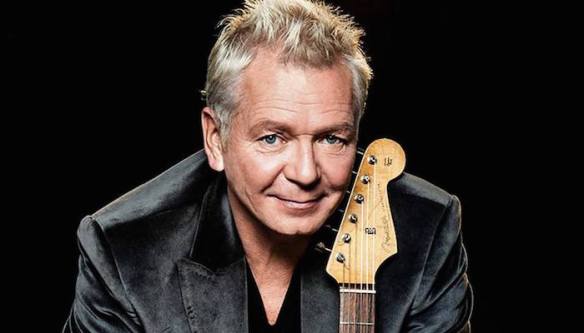

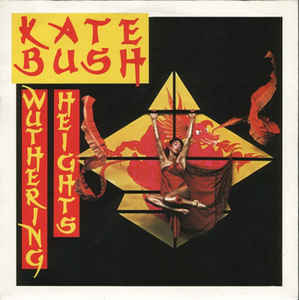
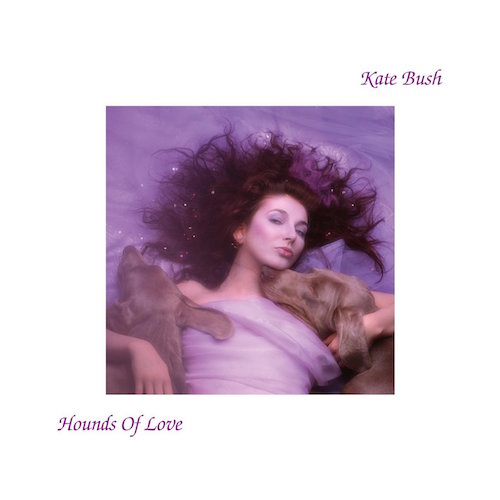

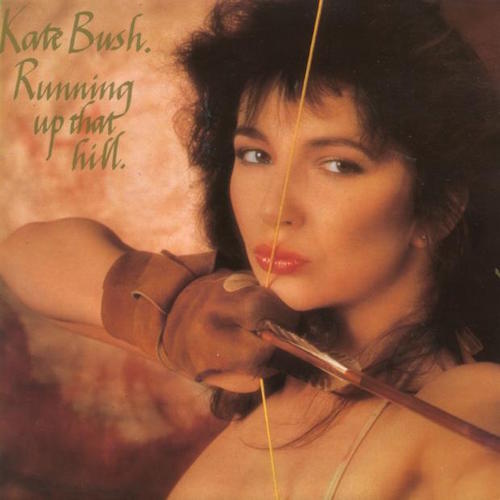
 The wonderful legacy of “Running Up That Hill” has continued for more than 30 years, and has been covered numerous times, including a 2003 cover by a Dutch Symphonic Metal band, Within Temptation, but my favorite cover version has to be the 2003 version by the London Alt-Rock band, Placebo.
The wonderful legacy of “Running Up That Hill” has continued for more than 30 years, and has been covered numerous times, including a 2003 cover by a Dutch Symphonic Metal band, Within Temptation, but my favorite cover version has to be the 2003 version by the London Alt-Rock band, Placebo.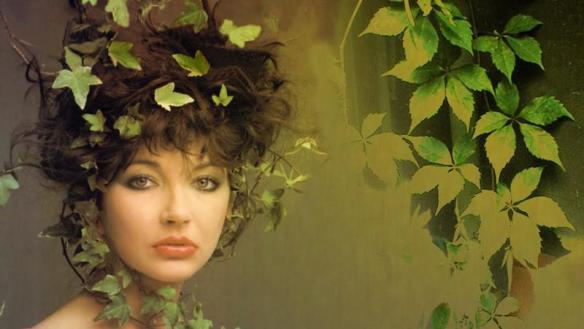

 With 17 shows left to go before I retire the show from WMPG on my 50th birthday in February, four of those remaining shows will be dedicated to the FAST FORWARD: THE BEST OF 2000-2016 series.
With 17 shows left to go before I retire the show from WMPG on my 50th birthday in February, four of those remaining shows will be dedicated to the FAST FORWARD: THE BEST OF 2000-2016 series.

